Join More Than 50,000+ Subscribers and get latest camera news and rumors
NEW CAMERA VIDEOS ON YOUTUBE
|
By admin, on January 3rd, 2024
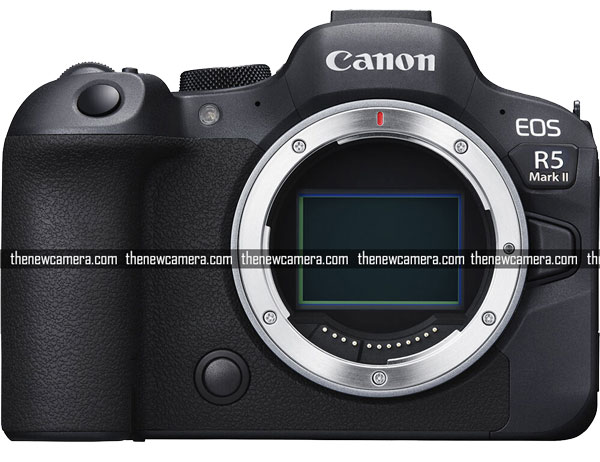
According to Niki Asia Canon Nikon and Sony will fight against deep fake AI images with the help of adding a digital signature to images in encrypted shells. Finally, we can expect the upcoming Canon Canon R5 mark II camera is come with the same tech, according to the press release Canon will implement it in their pro-level cameras starting from 2024 (which will surely include the Canon R5 mark II camera) Canon is soon releasing its application that will be able to tell whether an image was taken by a person from a Canon camera or is AI-generated.
Nikon, Sony Group, and Canon are developing camera technology that embeds digital signatures in images so that they can be distinguished from increasingly sophisticated fakes. source Niki Asia
TNC Takes – This incridable feature has the potential to be a game-changer in the fight against deepfakes and could give the Canon R5 Mark II a unique edge in the ever-evolving landscape of image manipulation.
What is secure metadata tagging?
Just think of it. when each image captured on the R5 Mark II being stamped with a tamper-proof digital fingerprint, embedded within its metadata. its similar to a fingerprint, every image has its own embedded unique cryptographic signature, and the embedded encrypted file will keep a record of the image’s origin and any subsequent edits. Any alteration, no matter how subtle (even adjusting basic shadow and contrast), will be kept in the embedded file of the image.
What if someone takes the screenshot of the image, and republish it as his image?
The main battle of this tech is to fight against the AI-generated image, since one image has embedded data ( even with subtle edits logs ) then it will be treated as an authentic image and eligible for press and news agency use, but for sure it will help in establishing your ownership too, and it will be very easy now even when you don’t have any RAW file of your image along with you.
Here’s how it could work in practice:
- A journalist captures a sensitive image on their R5 Mark II.
- The secure metadata tagging embeds a unique fingerprint within the image’s EXIF data.
- The image is shared online, potentially sparking controversy or debate.
- Anyone can verify the image’s authenticity by examining its metadata and comparing the fingerprint to the original captured by the camera.
This level of transparency and tamper-proof verification could be invaluable for:
- Photojournalists: Protecting the integrity of their work and ensuring accurate representation of events.
- Law enforcement: Combating the spread of manipulated evidence and identifying the source of deepfakes.
- Scientists: Ensuring the validity of research data captured with the R5 Mark II’s high-resolution sensor.
- Content creators: Building trust with their audience by showcasing the authenticity of their work.
The inclusion of secure metadata tagging in the Canon R5 Mark II would be a significant step forward in the fight against online manipulation. The new feature will set a new standard for transparency and authenticity in the broader photography and videography community. Lets hope for the best.
also, see – Canon V100 or V10 Mark II – New Camera Patent Spotted
also, see – Canon Upcoming Cameras 2024
Get LIVE RUMORS –> FACEBOOK | TWITTER | INSTAGRAM to get live news + Canon rumors 24X7
By admin, on January 2nd, 2024
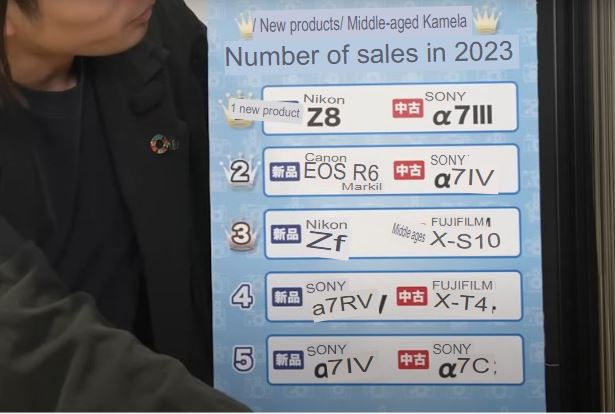 Left side we have 2023 best sellers and on the right side of the image we have the best sellers of 2022 Let’s talk about the Map Camera ranking of 2023. The Japan-based Map Camera ranking is updated and based on the overall sales of retail outlets in Japan in 2023. The latest ranking from Map Camera shows that the Nikon Z8 camera is selling very well. Following that, we have the Canon R6 Mark II and the Nikon ZF. Sony is not in the top three positions at the end of 2023, which is not good for Sony.
Map Camera 2023 Sales Ranking (Camera Edition)
1st place Nikon Z 8
2nd place Canon EOS R6 Mark II
3rd place Nikon Z f
4th place SONY α7RV
5th place SONY α7IV
6th place SONY α7C II
7th place RICOH GR IIIx
8th place FUJIFILM X-S10
9th place Panasonic LUMIX S5II
10th place FUJIFILM X-T5
If you look at the B&H store in the USA, the top-selling camera in the store right now is the Canon R6 Mark II. After that, in the full-frame model category, we have the Nikon Z8 and then the Sony A74.
Check out the best sellers of B&H Camera right now

By admin, on December 30th, 2023
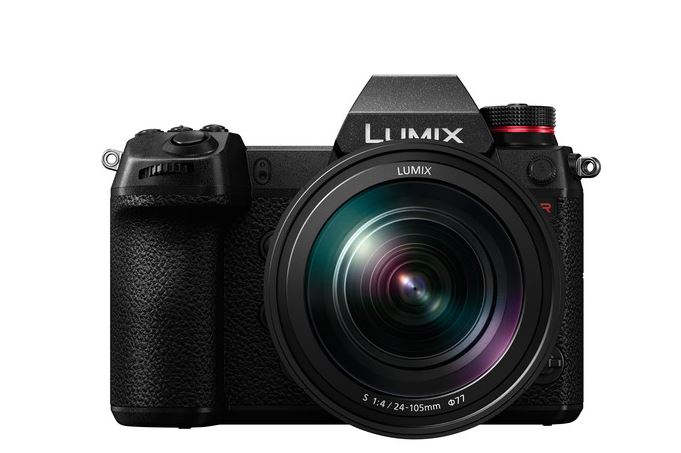
According to the latest rumors the Panasonic Lumix S1R Mark II will arrive soon, take a look at the set of information coming straight out from rumor mills
Pansonic S1 Mark II Rumors summary
- Japanese e-commerce companies have de-listed the Lumix S1R, Panasonic’s high-pixel model, now on the discontinued list.
- retail outlets have officially removed the Lumix S1R from their shelves.
- Interestingly, Panasonic has just registered a new high-end model in China.
- There are rumors that this new model, yes we are talking about the Panasonic S1R Mark II, may be released in the second half of next year.
Take a look at the set of Expected Core specs we are expecting from the upcoming camera, the Lumix S1R Mark II
Panasonic S1 Mark II Expected Core Specification
- 44.3MP BSI CMOS sensor
- L2 processing engine
- 8K video recording with 14-stop dynamic range
- Improved Open Gate: up to 8.1K/7.2K (firmware update)
- Internal 5.8K recording in Apple ProRes RAW via CFexpress Type B
- Real-time Phase Hybrid AF with AI tracking (faces/eyes)
- Approx. 40 fps continuous shooting with SH pre-burst mode
- 8.0 stops IBIS; 7.0 stops in telephoto (Dual IS 2)
- Advanced EIS for distortion correction without cropping
- Tiltable and swivel screen
- Direct LUT installation via LUMIX Lab mobile app
- New LUMIX Flow app for streamlined workflow
- Integration with Frame.io and Capture One tethering support
Follow us on our social pages FACEBOOK | TWITTER | INSTAGRAM, to get LIVE News and Panasonic Rumor
source webio
By admin, on December 30th, 2023
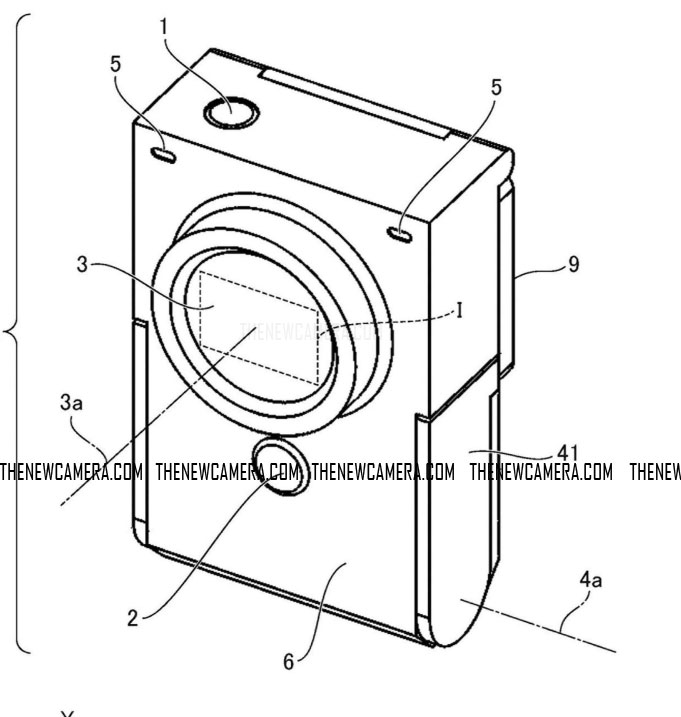
Canon next next-generation vlogging camera patent surfaced today, the design being shown in the patent is slightly different from the existing Canon V10 camera. Also, the sensor area shown in the figure resembles an APS-C sensor instead of a 1-inch sensor being used in the Canon V10 camera, take a look at the images below
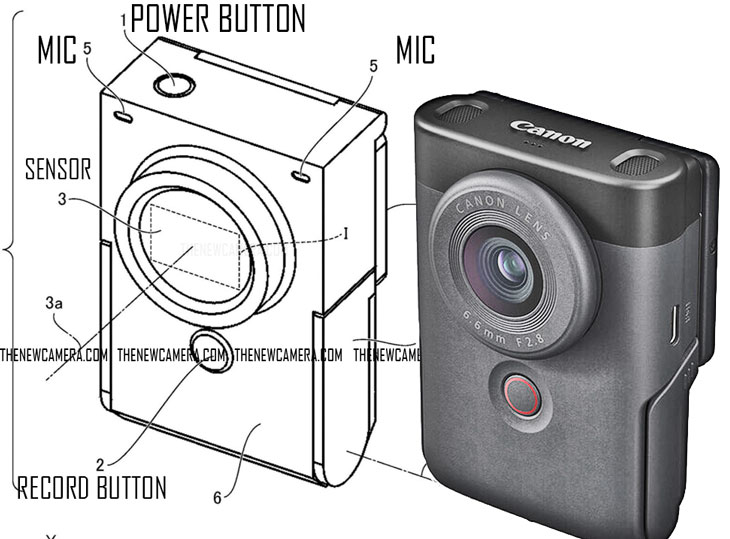
Now you have noticed the difference at the front and top part of the vlogging camera and now it’s time to look at the rear part of the camera and notice the difference in button labels compared to the existing Canon V10 camera.
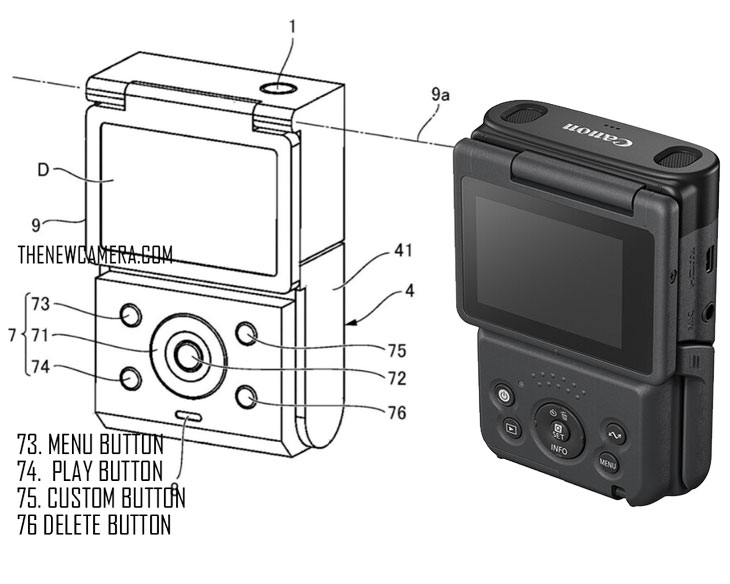
As you can see we do have differences on the rear side of the camera too, and we have a mode dial on the rear side like a Canon Mirrorless camera instead of the old style of circular center fixed button layout like Canon V10.
More Images of the same
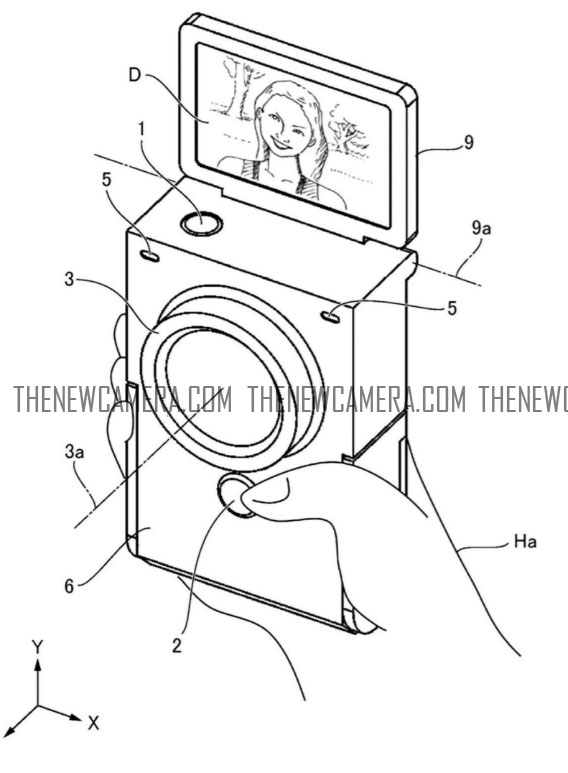
The upcoming model will be called Canon V100 or V10 mark II or may be Canon V1, we don’t know yet, but for sure Canon will make vlogging centered camera in near future.
also, see – Canon Upcoming Cameras 2024
Get LIVE RUMORS –> FACEBOOK | TWITTER | INSTAGRAM to get live news + Canon rumors 24X7
By admin, on December 29th, 2023
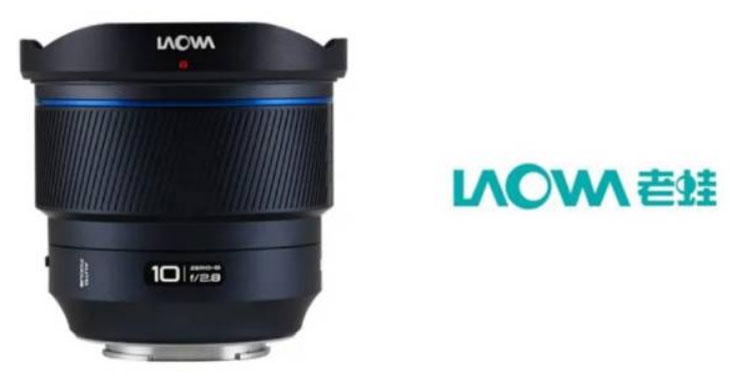
I am a big fan of Laowa lenses because of their Zero Distortion Technology. I feel the ZERO D technology is the reason behind the popularity of the Laowa brand, which offers an amazing range of perfect Zero-D lenses and Manual Focus Lenses for almost all mounts. It’s well-known that various Chinese Third Party Lens Makers brands collaborated a few months ago and agreed to share their technologies. Laowa acquired the autofocus technology from another Chinese third-party lens maker in this very collaboration. As a result, they have now introduced the first Zero-D 10mm full-frame lens for the Nikon Z-mount and Sony E-mount. The rest of their Zero-D series lenses will incorporate this autofocus technology very soon. This upcoming announcement is exciting news for those of us who appreciate third-party lens makers, specifically Laowa, for their Zero-D lenses with autofocus
So, let’s jump to the announcement zone, Marking a significant milestone in their lens-making journey, Laowa has officially unveiled their first-ever autofocus lens, the FF II 10mm F2.8 Fullframe Lens for Nikon Z and Sony E Mount. The Lens This ultra-wide prime arrives just in time for the holiday season, hitting store shelves on December 29, 2023, at an attractive price point of only 5498 yuan (approximately USD 780).
Features of LAOWA FF II 10mm F2.8 Fullframe Lens
-
Ultra-wide Perspective: Capture breathtaking landscapes, expansive interiors, and immersive astro shots with the 10mm focal length.
-
Fast Aperture: The F2.8 maximum aperture lets in ample light, enabling low-light shooting and beautiful bokeh effects.
-
Autofocus Convenience: Ditch the manual focus woes and enjoy the ease and speed of autofocus, a first for Laowa lenses.
-
Lightweight and Portable: Weighing in at just 420 grams, the FF II 10mm F2.8 C&D Dreamer is a travel-friendly companion for photographers on the go.
-
77mm Filter Compatibility: Utilize a wide range of filters for creative effects without needing adapter rings.
-
Close-up Prowess: Get stunning close-ups with a minimum focusing distance of 12cm.
-
Multiple Mount Options: Choose from E, Z, R, and L mounts to fit your preferred camera system.
-
Switch Between Autofocus and Manual Focus: Maintain creative control with the dedicated autofocus/manual focus switch.
-
Low Distortion Design: Achieve sharp, clean images with minimal distortion, thanks to Laowa’s advanced optical engineering.
-
Commemorative Design: The lens sports a special 10th anniversary logo, celebrating Laowa’s a decade of innovation in the lens-making world.
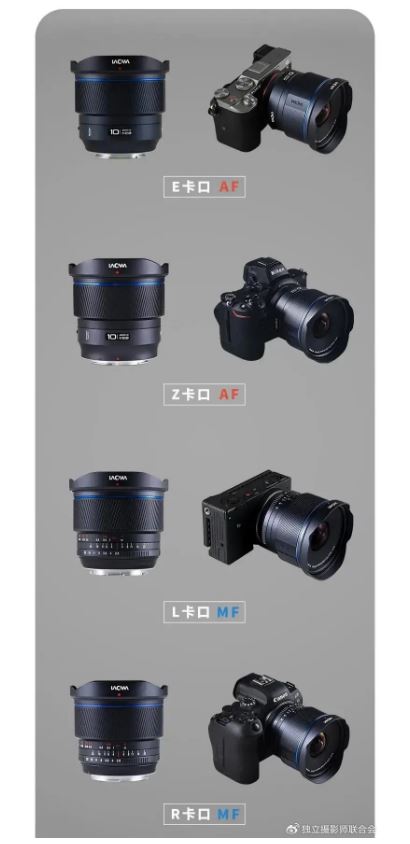
As you can see in the image above the AF version now available only for Nikon and Sony E Mount, We hope and expect Canon will also open their lens mount soon.
A Promising Debut:
The Laowa FF II 10mm F2.8 C&D Dreamer appears to be a compelling option for photographers seeking an ultra-wide lens with autofocus convenience. Its combination of fast aperture, compact size, and intriguing features make it a promising addition to Laowa’s already impressive lens lineup.
Follow us on our social pages FACEBOOK | TWITTER | INSTAGRAM, If you have time –>see more Sony Alpha Rumor
Check B&H for the LAOWA 100mm F2.8 AF Lens
By admin, on December 28th, 2023
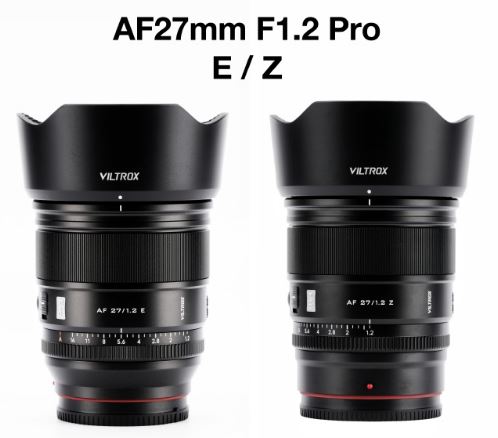
Earlier, Viltrox announced the Viltrox AF27mm F1.2 Pro lens for the Fuji X Mount. Now, they are planning to announce the same lens for the Sony E mount as well as the Nikon Z mount. The lens will become available for sale from January 2024.
Viltrox AF27mm F1.2 Pro
- Nikon Z mount lens parameters and specifications:
- Focal length: 27mm
- equivalent full frame about 40.5mm Angle of view
- Optical structure: 11 groups of 15
- aperture blades: 11 blades
- Minimum focusing distance: 0.28m
Follow us on our social pages FACEBOOK | TWITTER | INSTAGRAM to get live news + Nikon Rumors 24X7
By admin, on December 28th, 2023
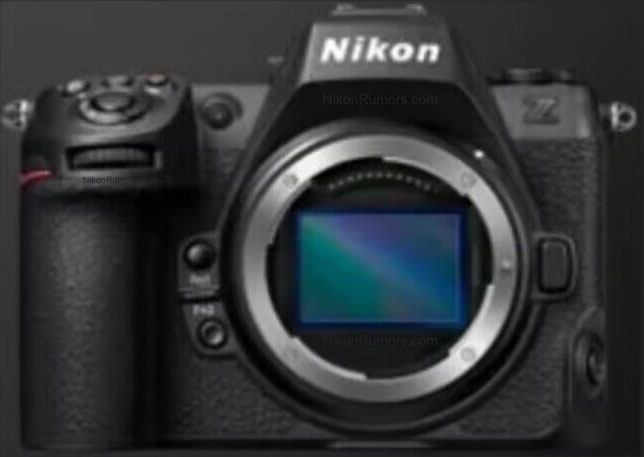
According to the latest rumors, a few influencers are planning a trip to Japan for an upcoming mysterious journey in January 2024. Although no information has been revealed about who is planning the trip, the rumor mill remains silent on revealing further details.
We were expecting the announcement of the Nikon Z6 mark III camera before April 2024, based on the set of information we have received in the past few weeks (see here), now as per the info leaked by the rumor mill above the camera will arrive in January 2024, if there is some kind of event in Japan by Nikon. So, we have to wait for further confirmation from other sources to authenticate this information.
stay tuned more information coming
Follow us on our social pages FACEBOOK | TWITTER | INSTAGRAM to get live news + Nikon Rumors 24X7
soure NR.com
|
KEEP THIS BLOG ALIVE - Support New Camera Buy Canon Lenses, Buy Music CD or Digital Camera at amazon it helps this site, and you do not pay anything extra, it is just a way to help support this site.

|

















